Villeneuve-lès-Avignon is across the Rhône from Avignon, where the Pont d’Avignon once ended. We found it quieter and calmer than Avignon, and it was more pleasant to wander around, with far fewer tourists.

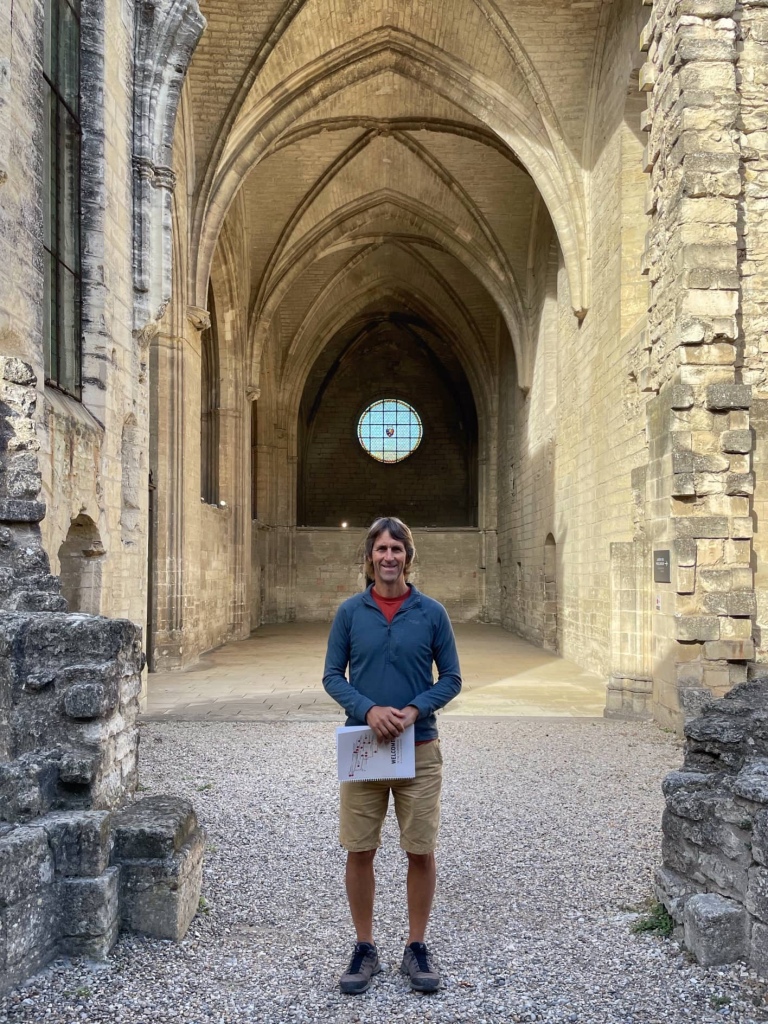
Our city pass included a free transport pass so we took the bus to Villeneuve, although it was within walking distance for us. Our first stop was La Chartreuse du Val-de-Bénédiction. This is a former monastery with beautiful gardens that was built in the 14th century.

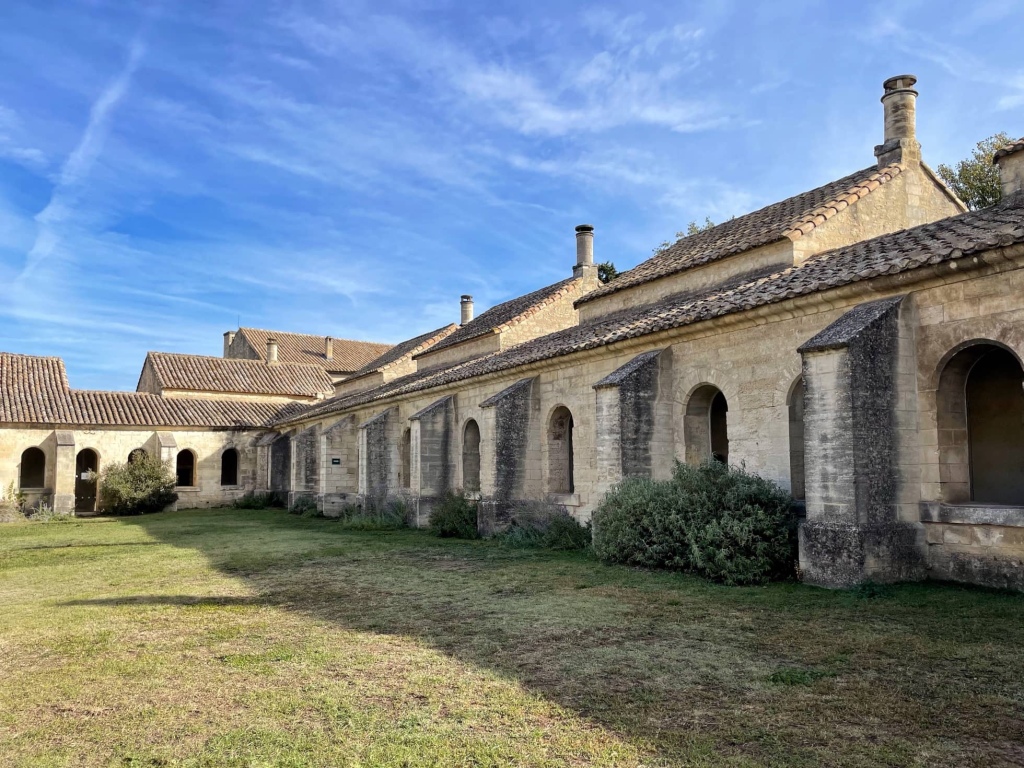
We wandered through the large vaulted church to the cloisters. I was fascinated by the monks’ cells, imagining living in one on my own in silence. There were 12 cells around the first cloister, each with its own garden and 2 floors with 3 rooms for working, eating, sleeping, reading and prayer. Each cell was identified by a painted sign with a letter of the alphabet and had a little hatch for meals to be passed into the cell. One of the photos shows the roof and chimney of some of the cells. I think one would make a lovely home!

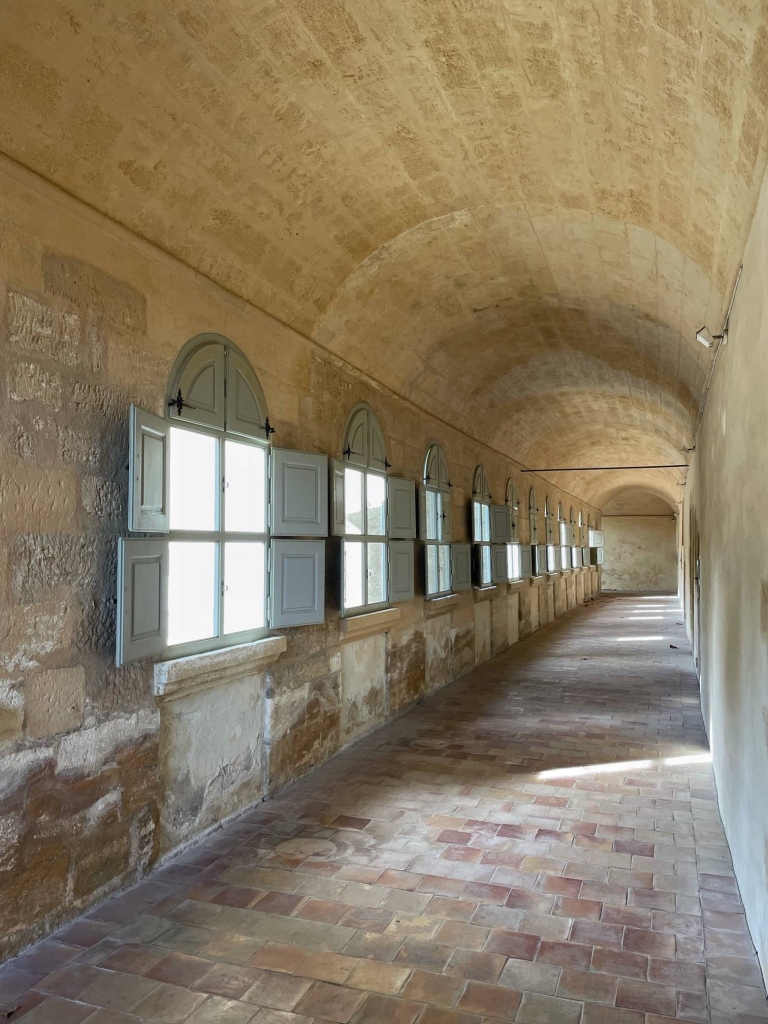
We then explored various other rooms. These included the laundry and drying room where the lay brothers (who were less devout than the monks and not silent) would have worked; prison cells where naughty monks and brothers were punished for breaking monastery rules; and a couple of chapels, including one with wonderful painted frescos.
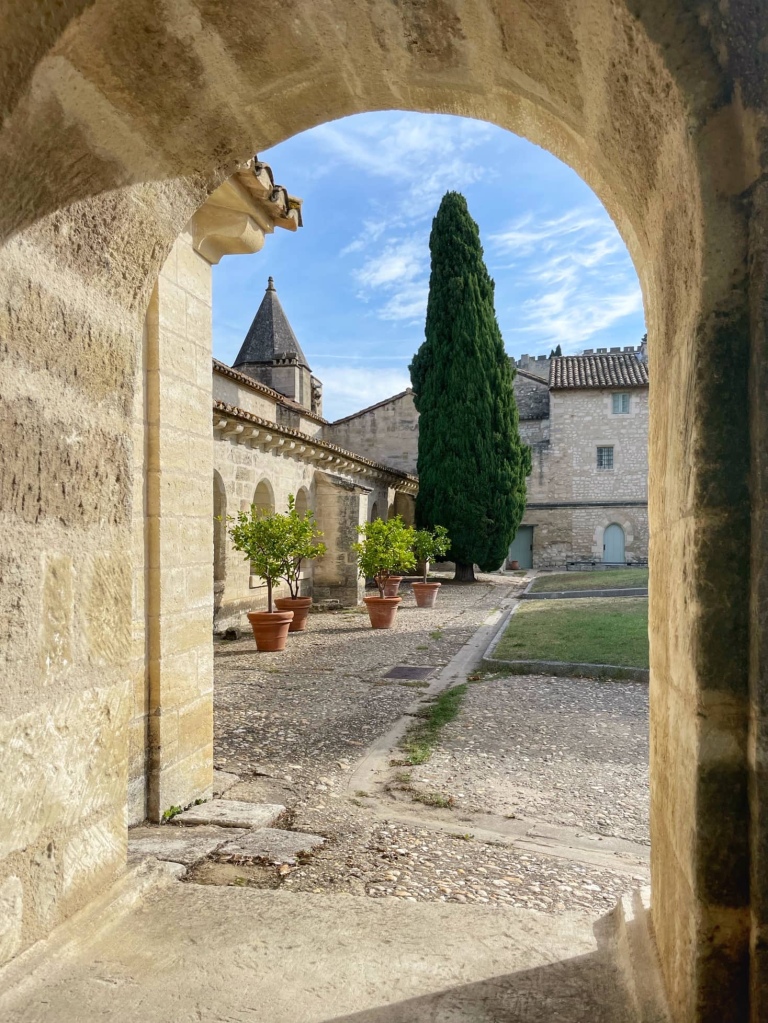
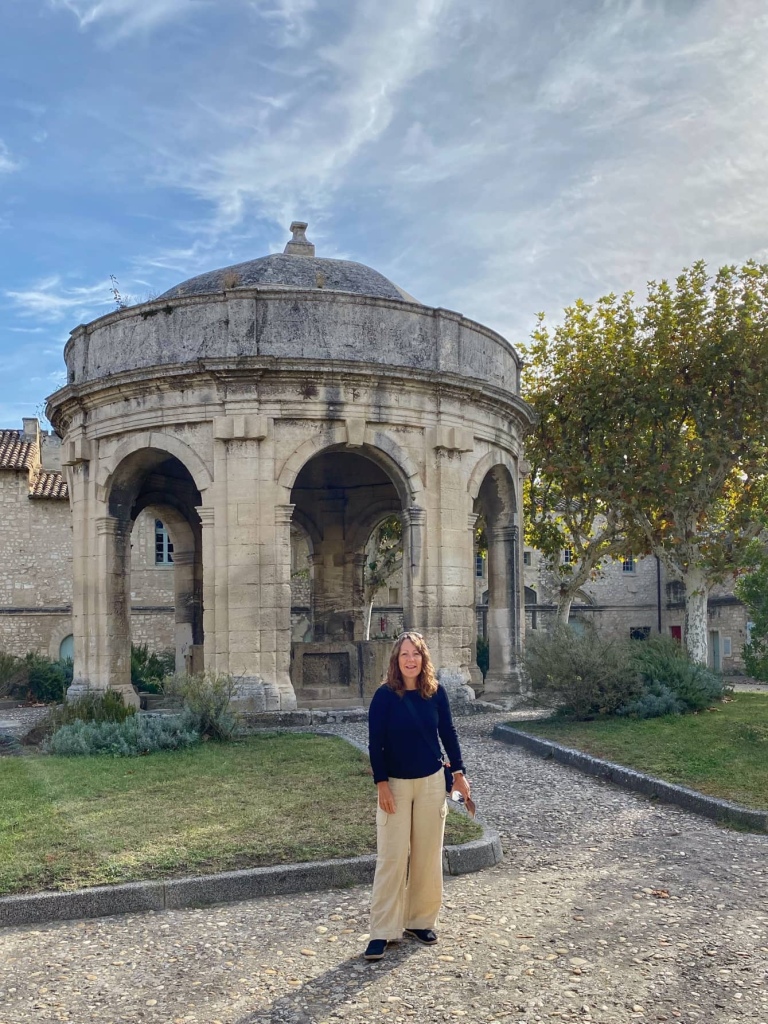
There were more cells around another cloistered garden. These were used for older or sick monks because this area was slightly higher than the rest of the monastery and the air was considered more pure. The courtyard here had a water reservoir with a sophisticated hydraulic system that channeled water throughout the monastery. All-in-all the monastery was a lovely tranquil place to visit.
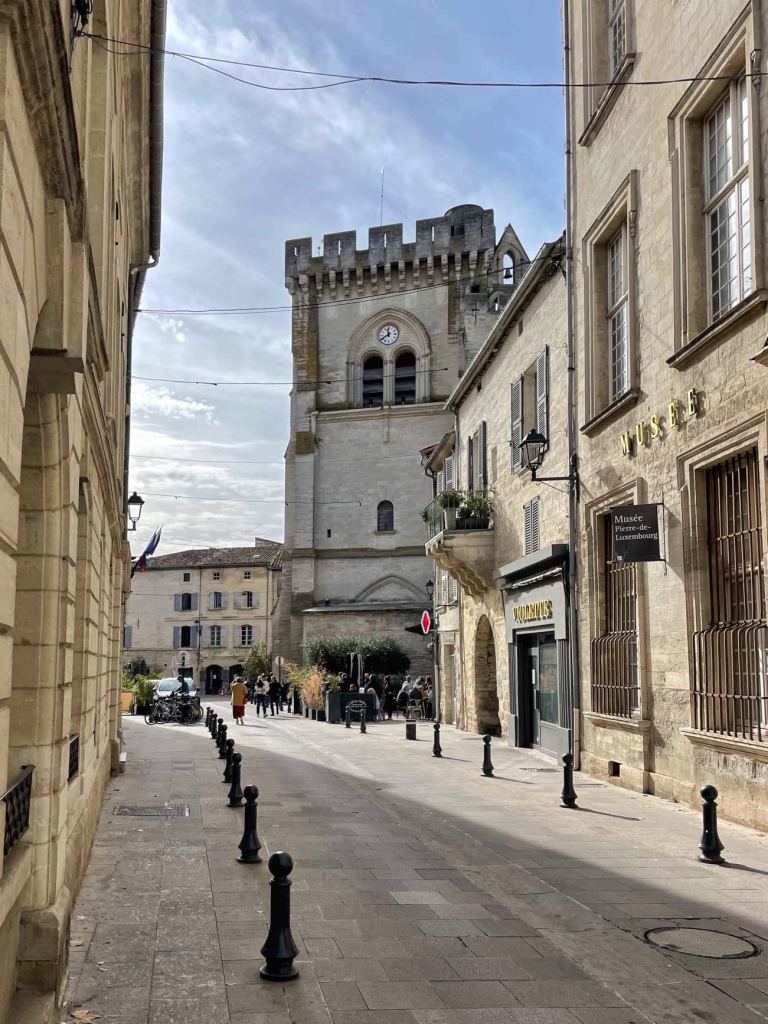
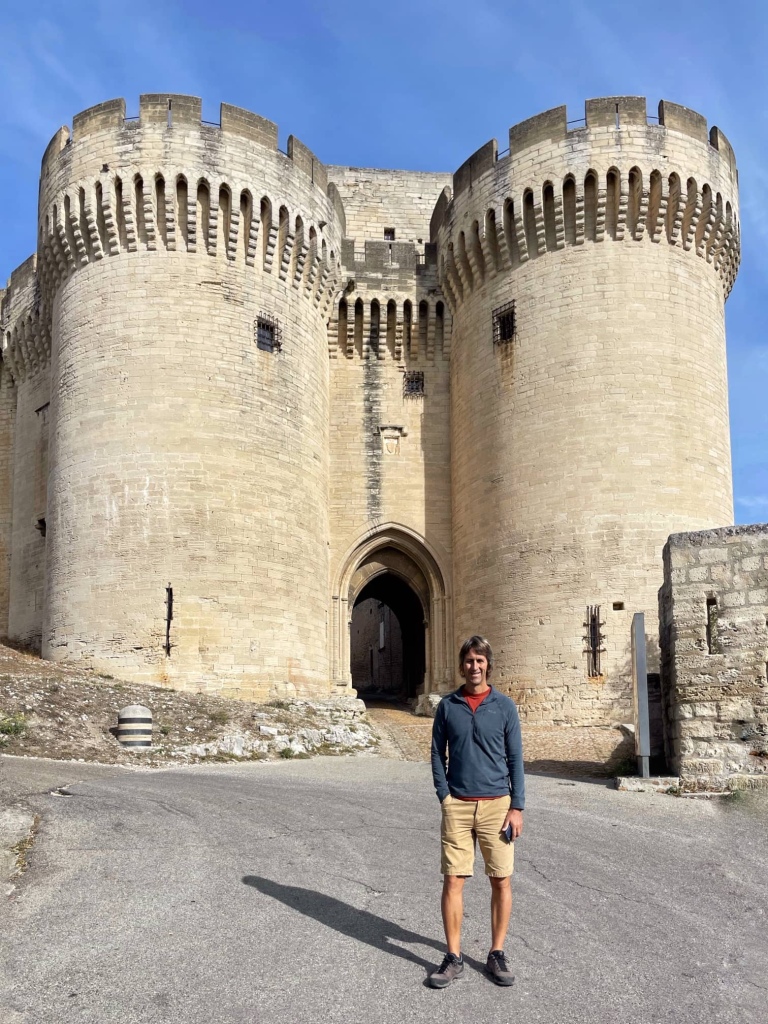
The next place included in our city pass was Fort Saint-André. This was built on a rocky outcrop overlooking the Rhône in the 14th century and originally enclosed a small town, abbey and chapel.
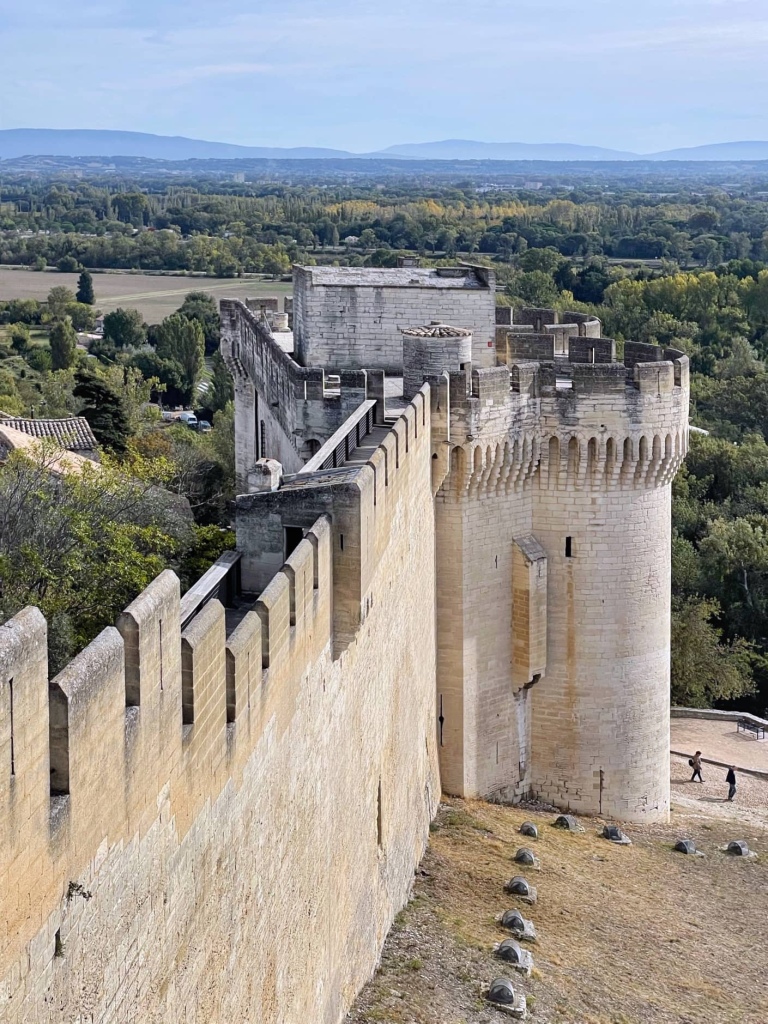
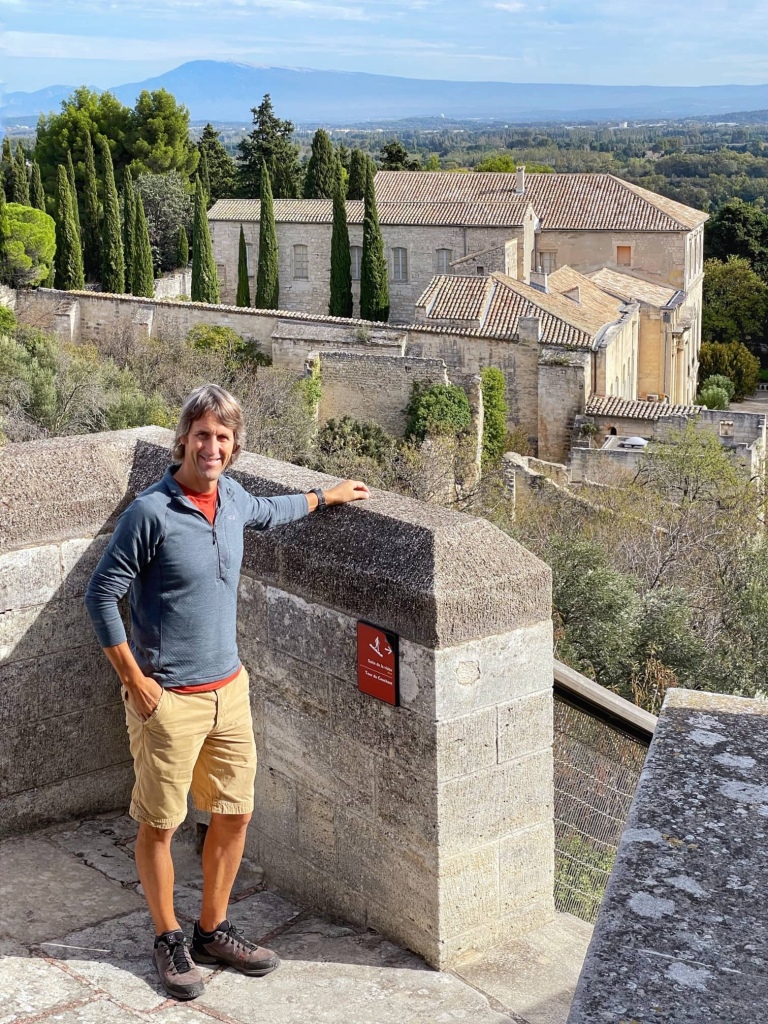
The walls are 750 metres long and follow the contours of the hill. They have several types of fortification, including arrow slits and murder holes, as well as latrines and sentry boxes. The two huge entrance towers are 40 metres high.

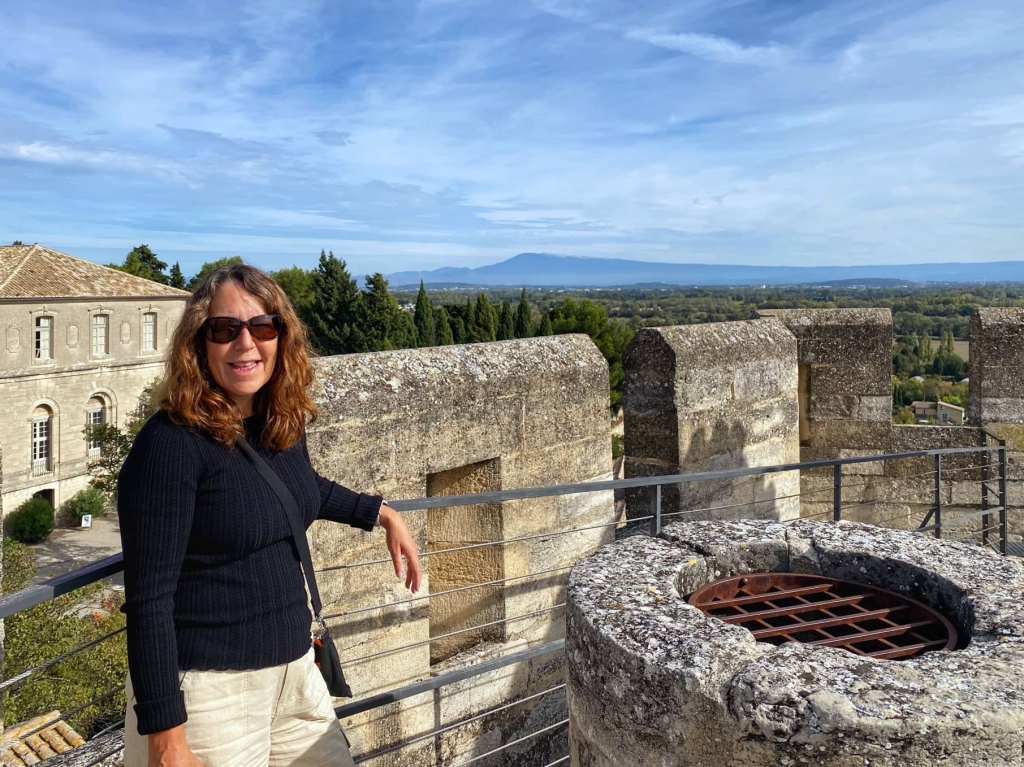
The view from the walls and towers was wonderful. We could see Mont Ventoux and the lovely Avignon skyline across the river. After winding our way through some of the rooms in the fort it was time for lunch so we walked down into the town.
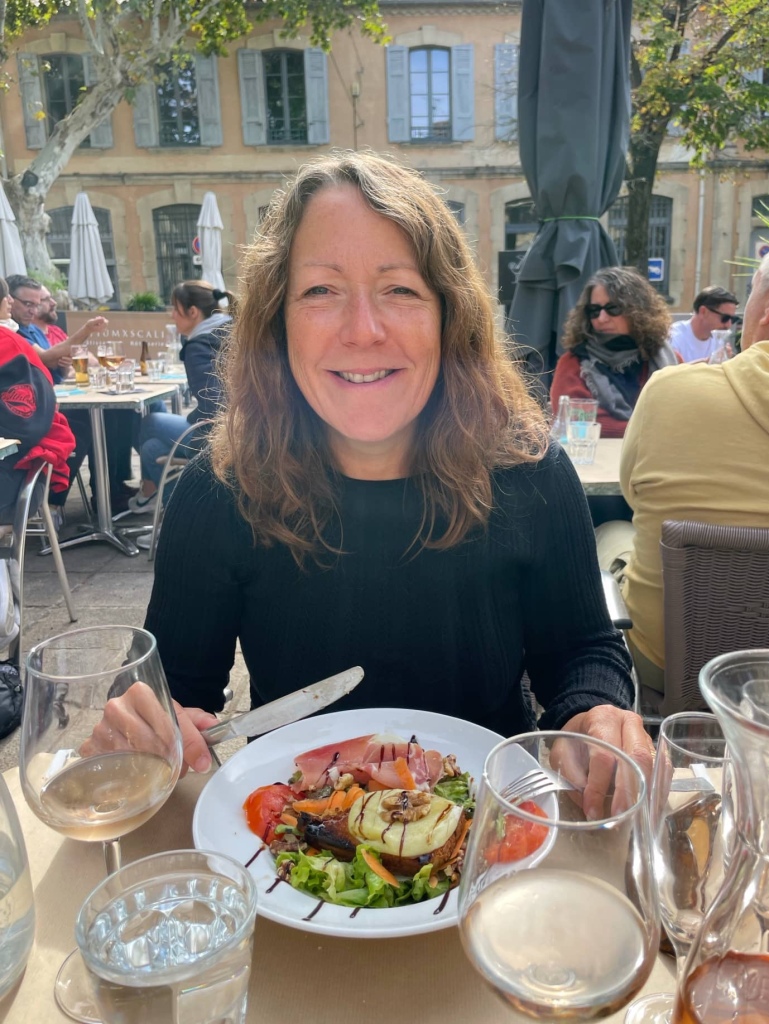

Unlike yesterday, we quickly found a restaurant we both fancied, and the waiter found us a table that would soon be in sunshine. We treated ourselves to a 3-course menu du jour and passed a pleasant couple of hours, enjoying eating outdoors. The weather has definitely become autumnal and I hope this wasn’t our last opportunity to eat al fresco.

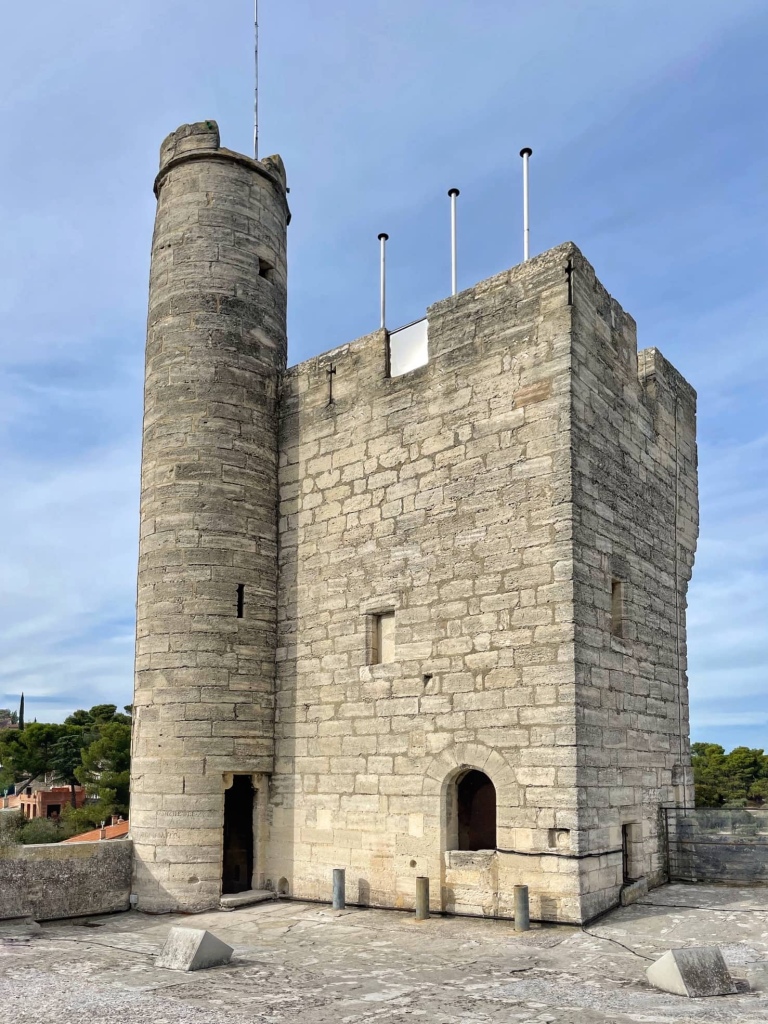
Before we headed back to the campsite, we stopped at Tour Phillipe-le-Bel. This tall slim 14th century fort used to be of strategic importance because it guarded the western end of the Pont d’Avignon (Pont St Bénézet) when the bridge spanned the mighty River Rhône.
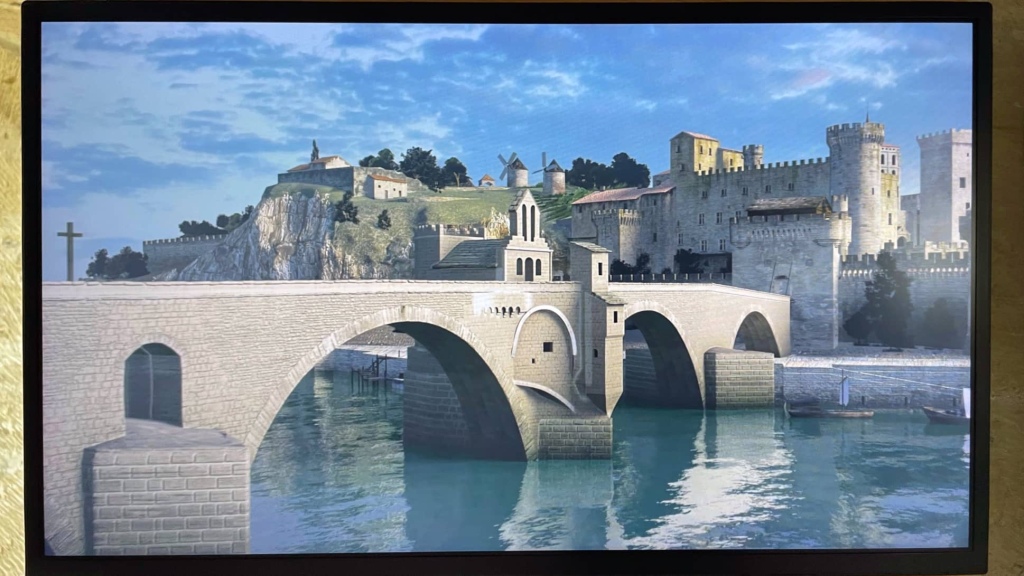
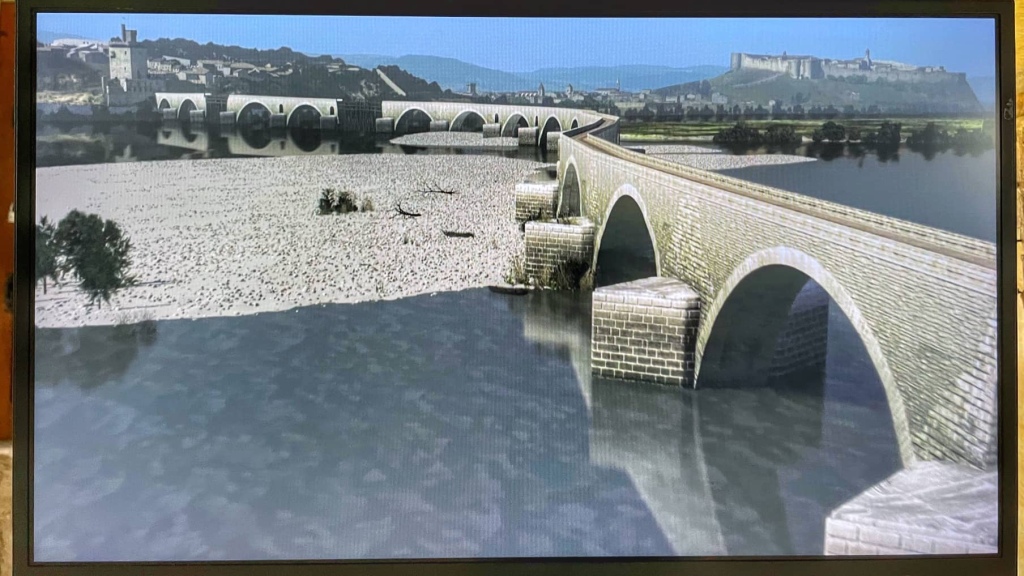
We watched some videos showing virtual reconstructions of the 22 arches of the bridge. It’s wonderful to see how it would have looked before it was washed away in floods, and the Rhône had deposited sufficient silt for islands in the middle of the river to merge and become one.


After once again enjoying the views of the river, Avignon and beyond from a high vantage point, we walked back to our campsite on the island, along the bank of the Rhône. Then, after our larger than usual lunch, it was time for siesta before writing this blog.
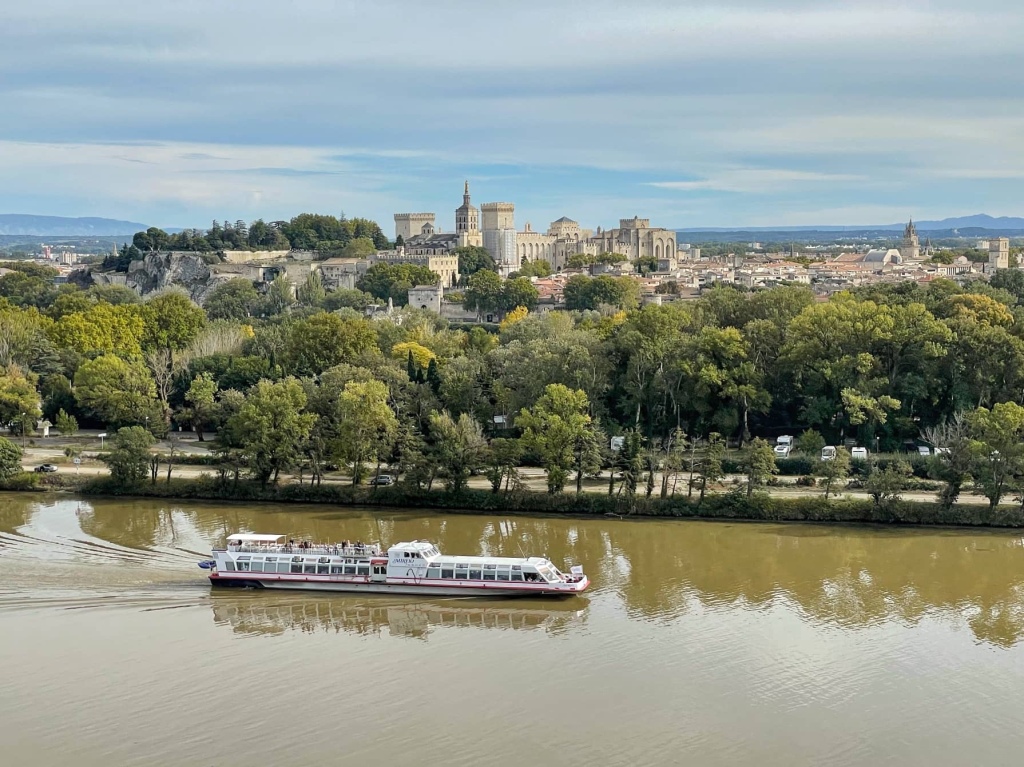
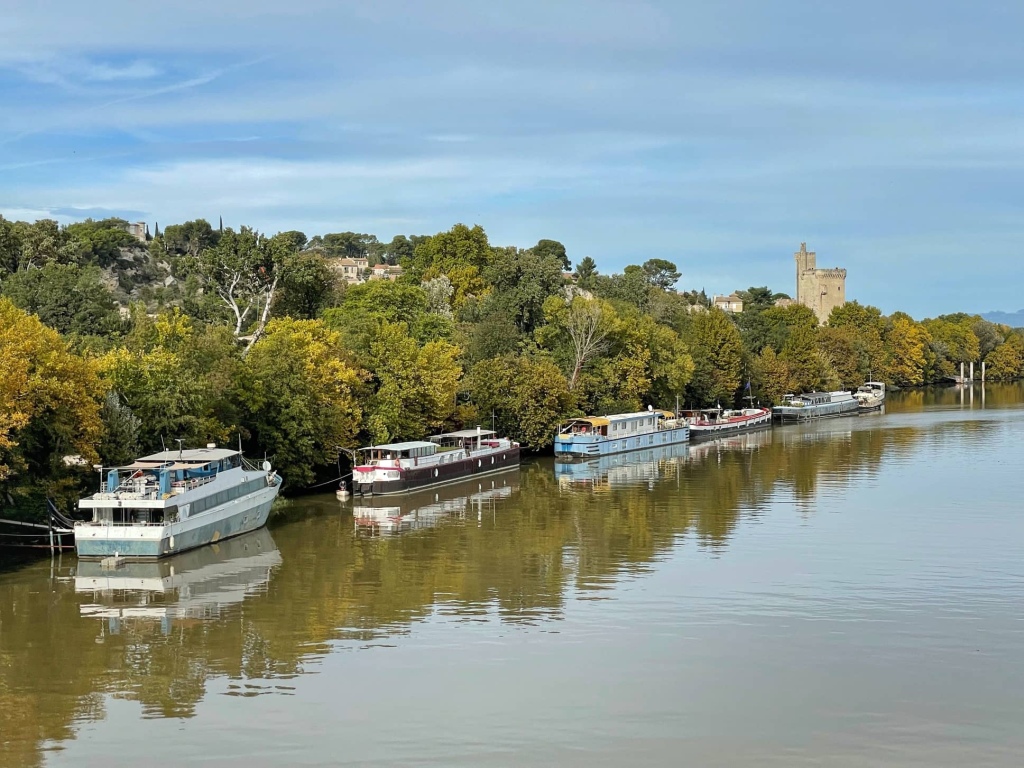
Tomorrow we need to consider what we want to do next week. We need to start heading north but the weather is better here. Decisions, decisions!

Leave a comment